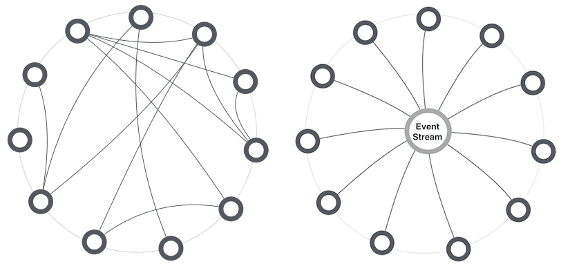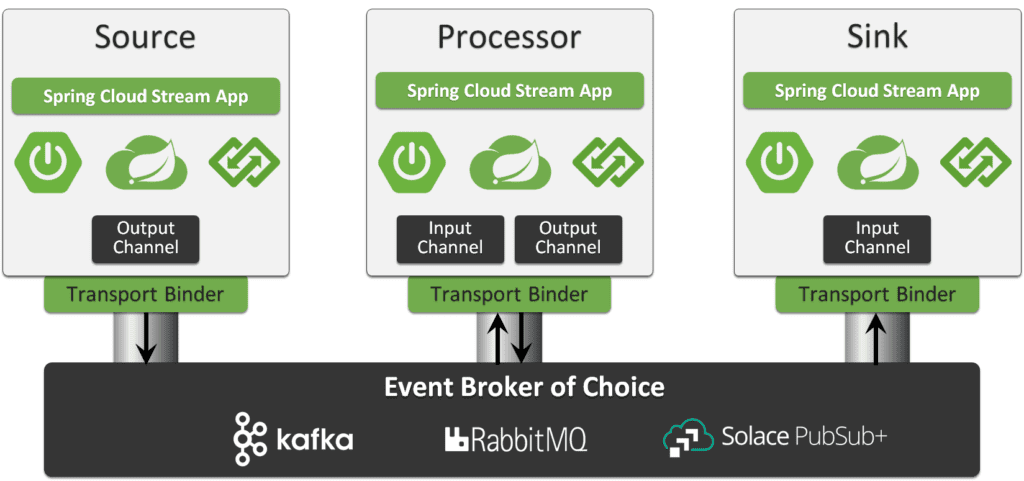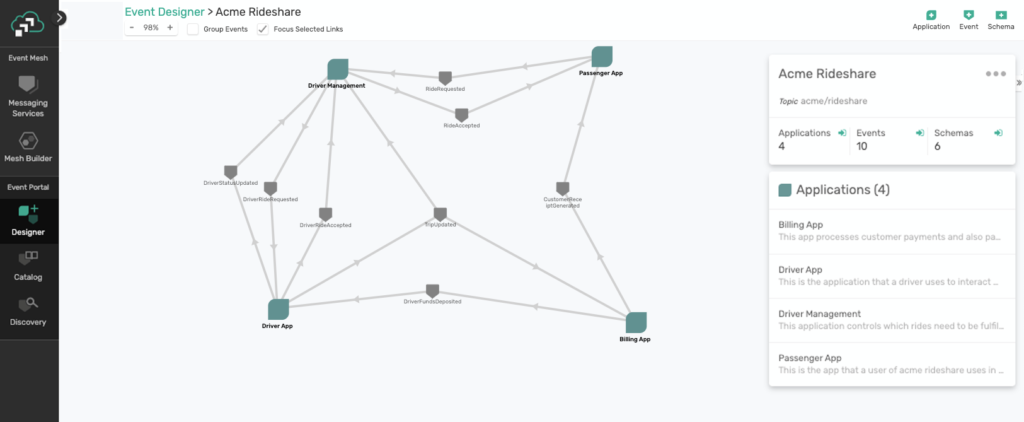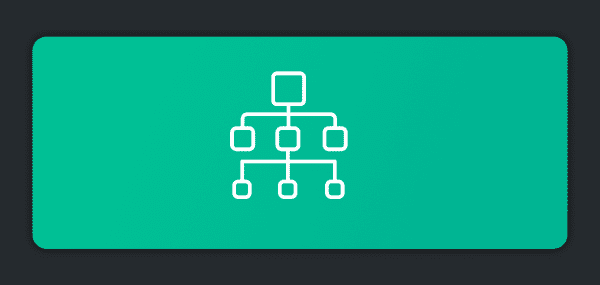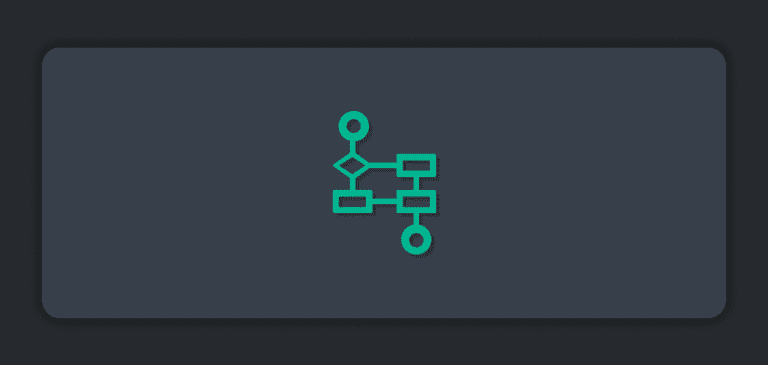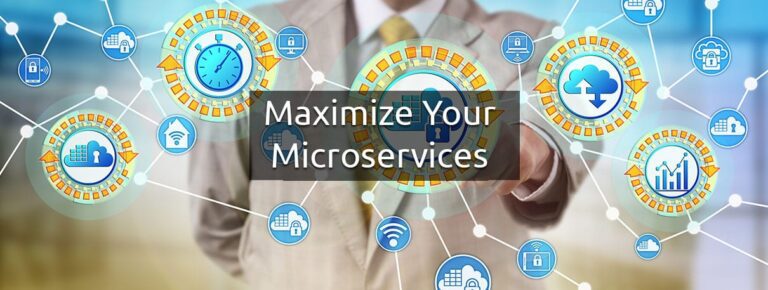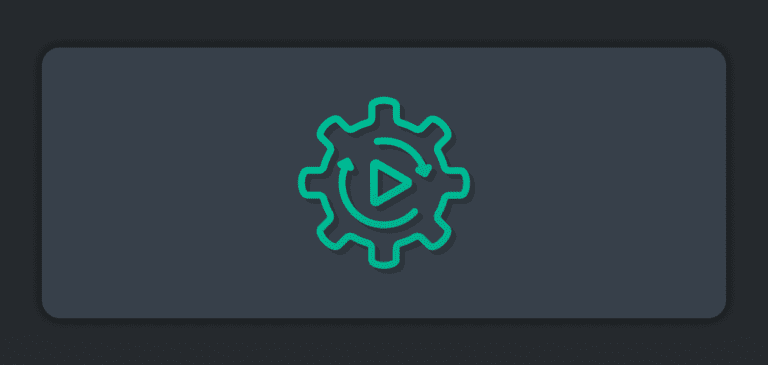What are the are most important things for developers to know when it comes to microservices application development? Many organizations migrate to microservices for one reason: Agility. The ability to quickly create and modify components in a way that offers bottom-line business value is mission critical in a world where your competitors are a click away and time to market is everything. However, you, a developer in your organization, also know that performance of your operational systems matters and no matter how agile microservices allow your team to be you are tasked with both delivering quickly AND ensuring the operational system can perform under peak load. To achieve both agility and performance many development teams are embracing the use of event-driven microservices. So, what do you need to know to be successful?
In a nutshell, you need to know:
- The basics of messaging – its benefits and the various communication patterns
- The common false assumptions of distributed computing that developers make
- How event-driven architecture can help you
- Why to choose choreography over orchestration for your microservices
- Why you should embrace eventual consistency
- Frameworks that support event-driven microservices development
- Tools to visualize and choreograph your microservices
*Note: This blog post was updated on July 7, 2020*
1. The Basics of Messaging
Capitalizing on the benefits of microservices application development within your enterprise requires a broader understanding of messaging patterns for event-driven microservices and when to use them.
Using messaging to communicate between microservices allows you to realize these benefits:
- Simple, scalable connectivity
- Simple, high availability
- Simple producer/consumer scalability
- The enablement of publish/subscribe, message filtering, routing and fanout
- Decoupling of your producers and consumers
To learn more details about these benefits, I suggest you read this blog post.
2. The False Assumptions of Distributed Computing
It has been more than 20 years since Peter Deutsch and James Gosling developed the 8 fallacies of distributed computing, but these eight false assumptions are still made today by developers new to distributed applications.
All eight fallacies are relevant, but I’ve bolded the ones that are especially important in the world of microservices application development, because the smaller you make each microservice, the larger your service count, and the larger the service count, the more these fallacies will impact your stability and user experience/system performance.
- The network is reliable
- Latency is zero
- Bandwidth is infinite
- The network is secure
- Topology doesn’t change
- There is one administrator
- Transport cost is zero
- The network is homogeneous
The challenge is that microservices require connectivity/data in order to perform their roles and provide business value, and data acquisition/communication has been largely ignored, so much so that the tooling has severely lagged behind. For example, API management/gateway products only support synchronous, request/reply exchange patterns, which when coupled with the fallacies noted above, exacerbates the challenges of distributed computing. Many of these challenges can be minimized by properly implementing event-driven architecture.
3. The Advantage of Event-Driven Application Architecture
Unlike service-oriented design, which are synchronous and blocking, event-driven design is non-blocking and uses lots of callbacks. Event-driven design is not a new concept, and you may even be familiar with it from using programming patterns such as the reactor pattern or the observer pattern. The concepts used by these programming patterns can be applied to event-driven microservice architectures using architectural patterns, such as publish-subscribe, to achieve service decoupling, independent scalability, and one-to-many bi-directional communications.
The first step towards adopting the event-driven mindset is to change the way you think about designing and architecting solutions. Initially the tendency is to think about all interactions between services as a series in a sequence of request/reply service calls. In fact, if you or your team uses the terminology of “invoking,” “requesting,” or “calling” then it is a sure sign you are still thinking in the request/reply paradigm.
Instead, try these: “What events should my service process?” and “What events will my service emit?”
4. The Benefits of Choreography in Microservices
Once you adopt event-driven thinking, you need to make the shift from orchestration to choreography. It is common for developers to think in terms of “service A will call service B which will call service C” and then implement that model through a chain of invocations (a->b> c) or by creating an orchestrator service such that x->a, then x->b, then x->c. Both approaches will cause chaos when the realities of distributed computing kick in, especially when you start to scale.
The alternative is to follow the philosophy of choreography. Services should react to changes in their environment and the benefits are immense:
- Better agility: Agile development teams are more independent and are significantly less impacted by changes to other services.
- Services are smaller/simpler: Each service is not required to have complex error handling for downstream service or network failures. Who likes writing error handling??? Not me!
- Less service coupling: Services have no knowledge about the existence of other services.
- Enables fine-grained scaling: Each service can be independently scaled up or down based on demand. This ensures a good user experience and is less wasteful of compute resources.
- Easy to add new services: Due to less coupling, a new service can come online, consume events and implement new functionality without changes to any other service.
This list of benefits doesn’t come for free; there is no silver bullet…
Consistency of state then becomes an area of focus, because a service, being temporarily down, means that the event state changes may not be processed immediately. Fundamentally, how do we deal with this negative side effect?
5. Eventual Consistency in Microservices
Eventual consistency is the idea that consistency will occur in the future, and it means accepting that things may be out of sync for some time. It’s a pattern and concept that lets developers avoid using nasty XA transactions. It’s the job of the eventing/messaging platform to ensure that these domain change events are never lost before being appropriately handled by a service and acknowledged.
Some think the only benefit of eventual consistency is performance, but the real advantage is the decoupling of the microservices since individual services are merely acting upon events that they are interested in.
6. Event-Driven Microservices Development Frameworks
As a developer, you want the ability to easily write clean code which enables you to deliver functionality quicker. Thus, the development language and associated tooling becomes important. While event-driven architectures allow us to decouple our microservices and choose different technologies to implement each one it is recommended to choose a standard language/framework that best fits your team’s skill sets and deviate only when necessary.
For many development team, their skill set usually includes experience using the Spring framework with Java (and other Spring-supported, JVM-based languages). This experience has led to Spring Boot becoming the most popular framework for microservices application development in organizations. Its adoption continues to grow and best of all, it has built in support for event-driven microservices through Spring Cloud Stream.
Spring Cloud Stream is a framework for building highly scalable, event-driven microservices connected using shared event brokers (a Solace binder is available here). On top of providing an implementation framework, Spring Cloud Stream also defines vendor agnostic terminology for the event-driven community, including defining source and sink applications that send or receive events over channels.
If you’re interested, I dive deeper into creating microservices using Spring Cloud Stream and AsyncAPI Code Generator in this post and this video.
7. Model and Visualize Microservices in Your Event-Driven Process
As discussed earlier, one of the benefits of choreographing your microservices using event-driven architecture is to achieve less service coupling. But this benefit introduces some challenges of its own. Specifically, when your producers and consumers don’t care about the existence of each other it can make it challenging to model your architecture at design time and even harder to understand what events are flowing where at run-time.
Attempts to solve this challenge have been made in many different ways by many different organizations, but until recently there hasn’t been an all-encompassing solution available to the masses. The introduction of the Solace PubSub+ Event Portal solves these challenges by allowing you to visualize, manage, and choreograph your microservices at design time and providing features that allow you to discover, audit and secure your run-time environments.
Read more about Why Developers Need an Event Portal, where I walk through the steps I took to create consistent and scalable microservices within minutes.
Conclusion
While event-driven microservices may seem difficult initially, they are the future of most microservices and IT strategies. Become a ninja at their development by following these steps and make your life easier and simpler!
Explore other posts from category: For Developers

 Marc DiPasquale
Marc DiPasquale